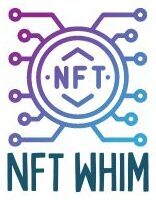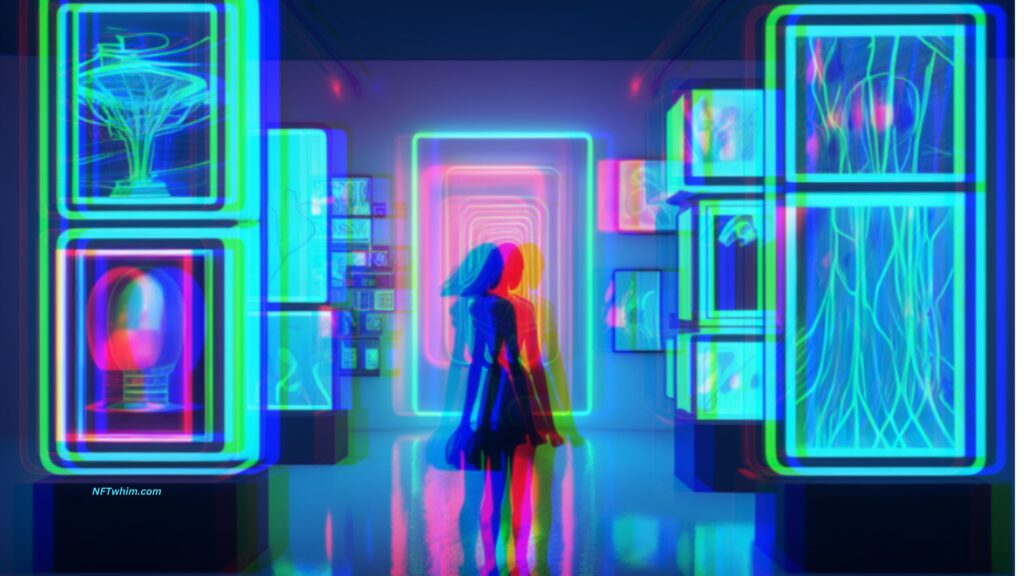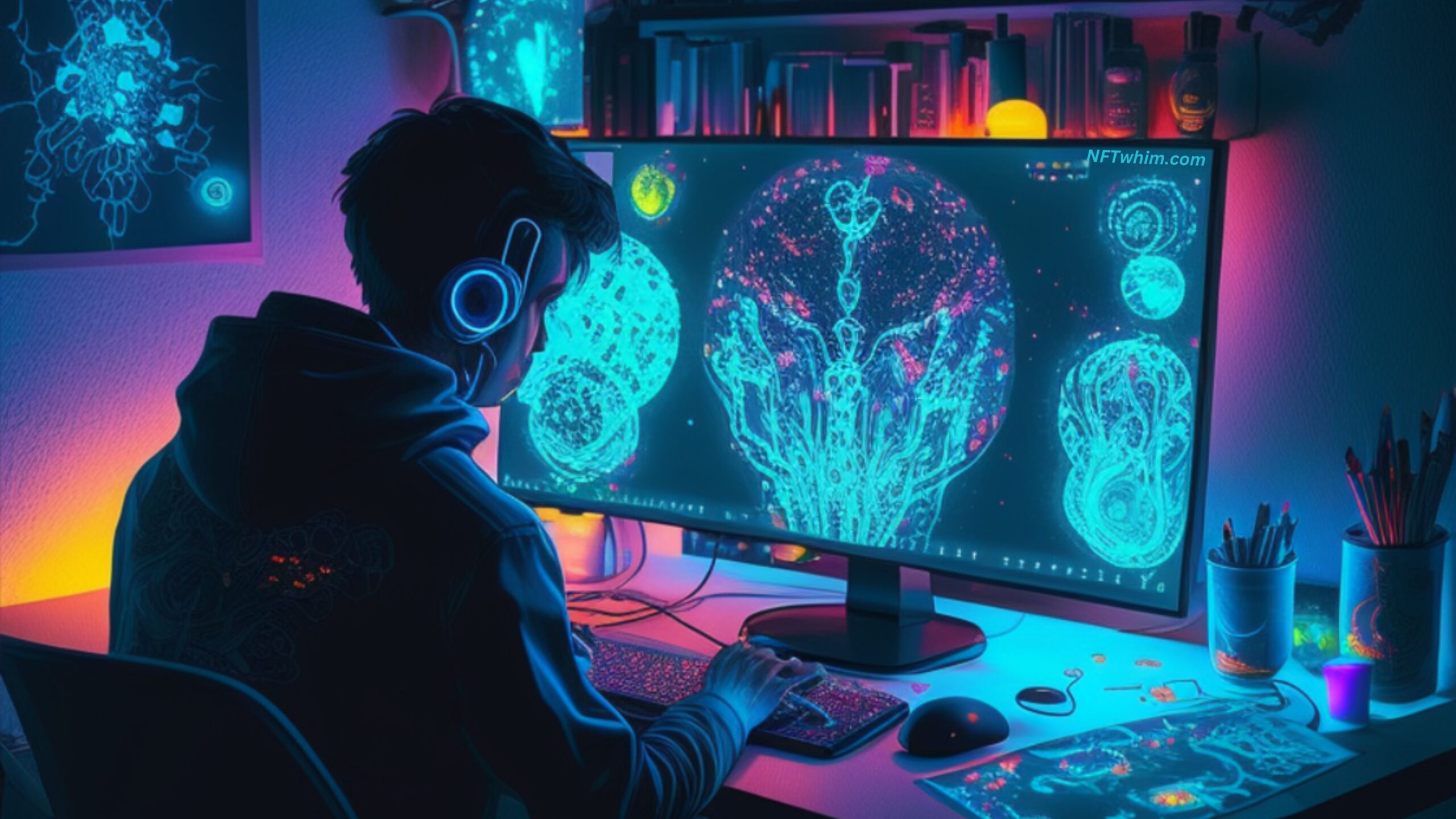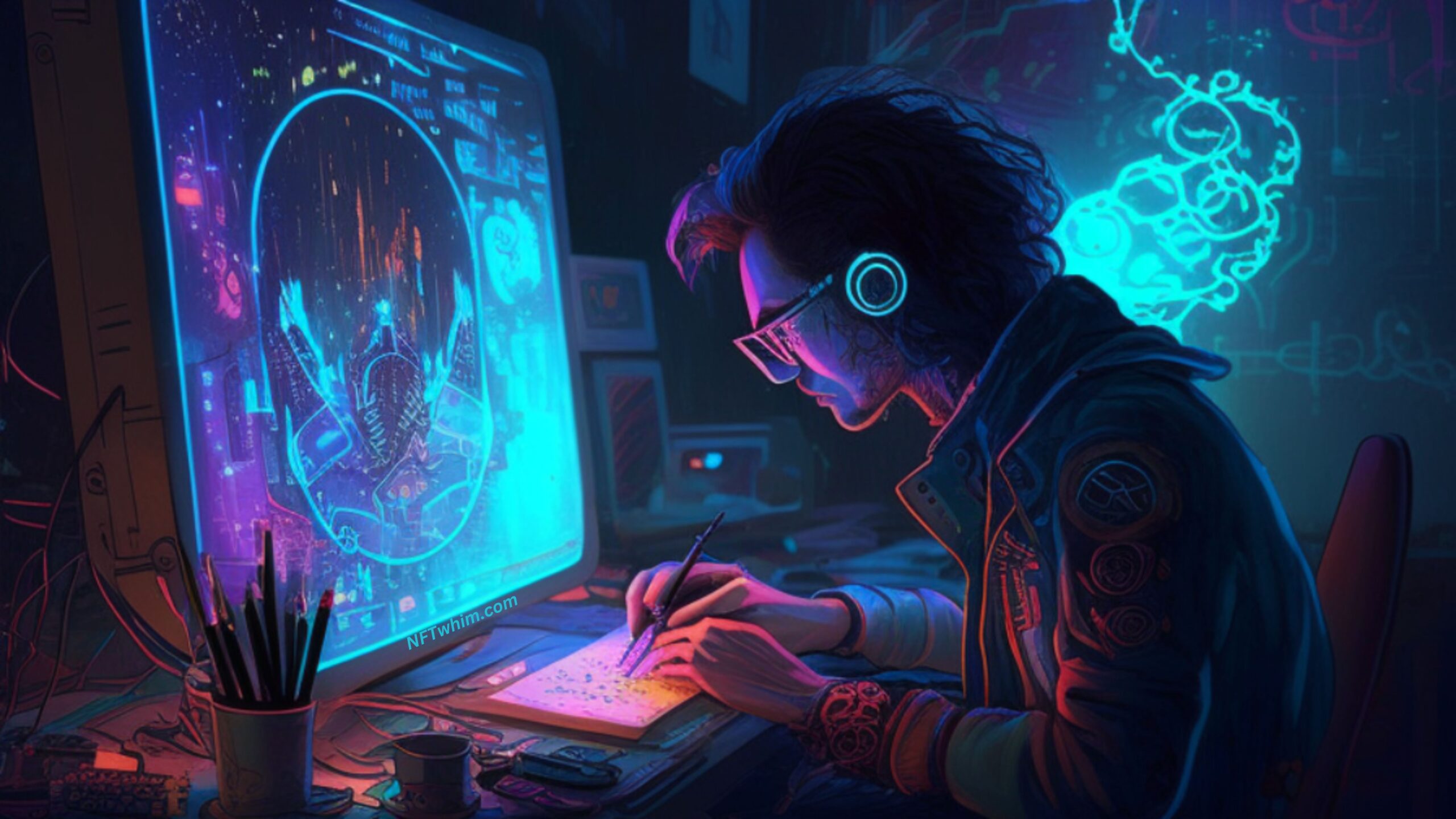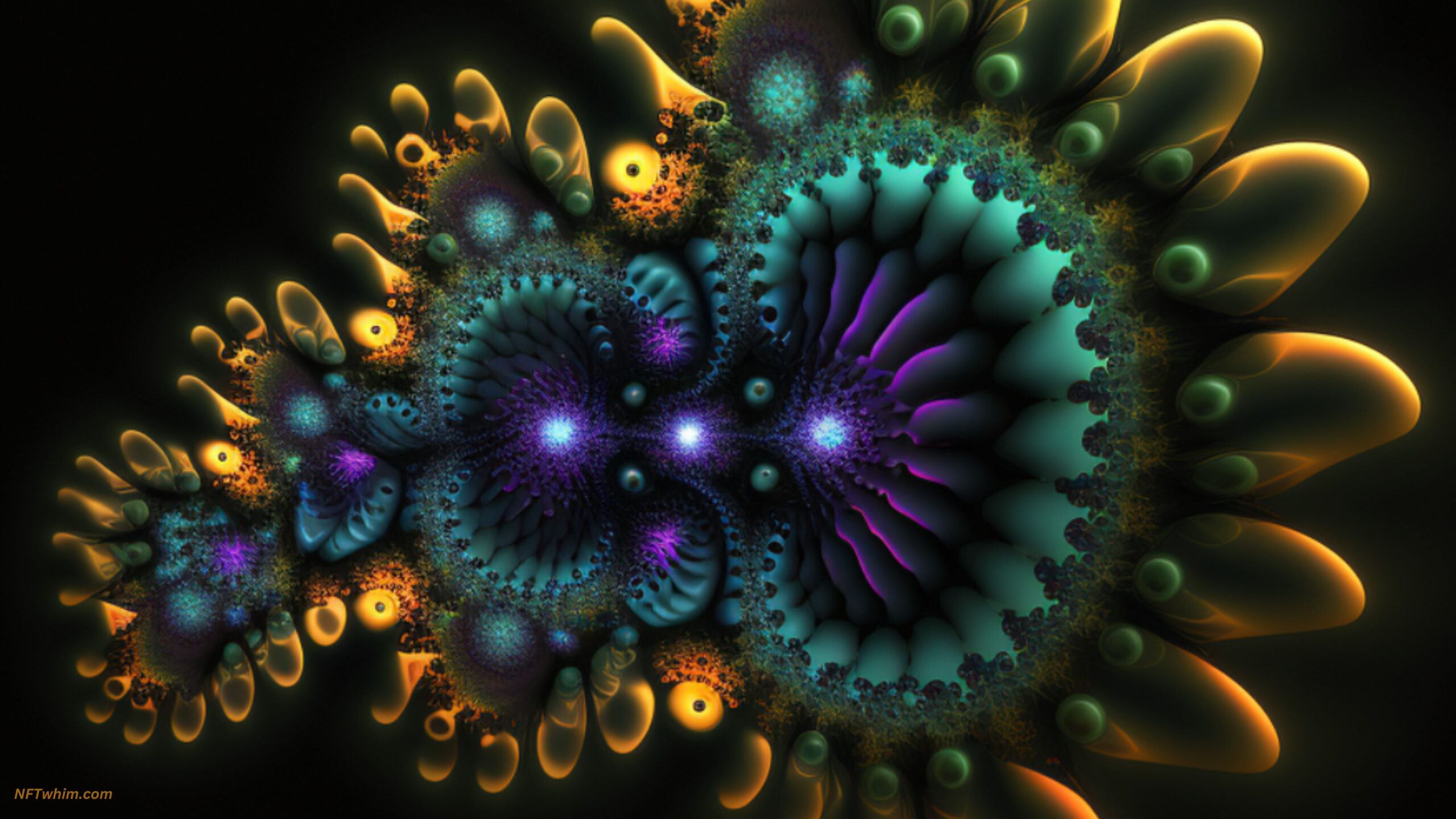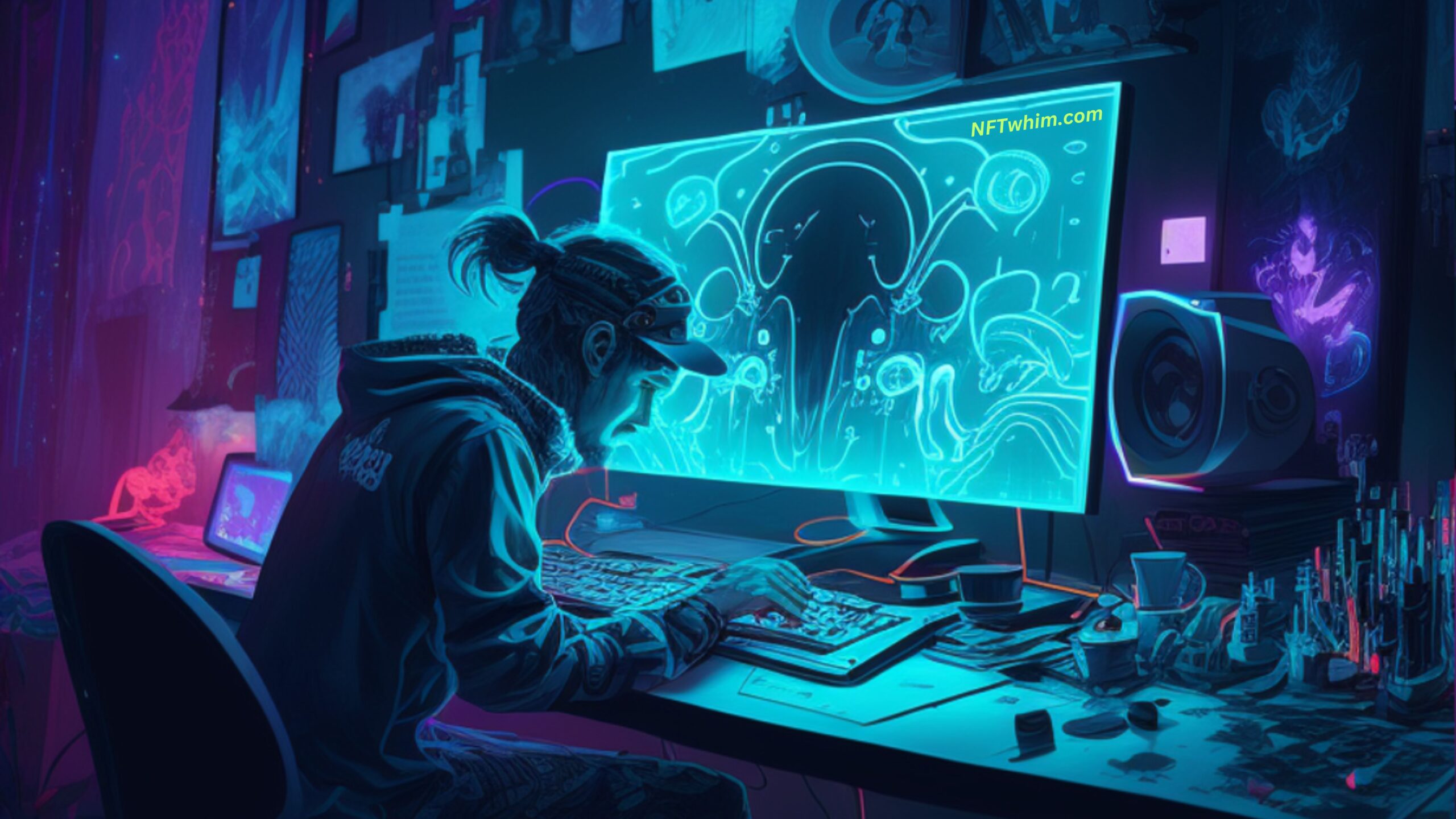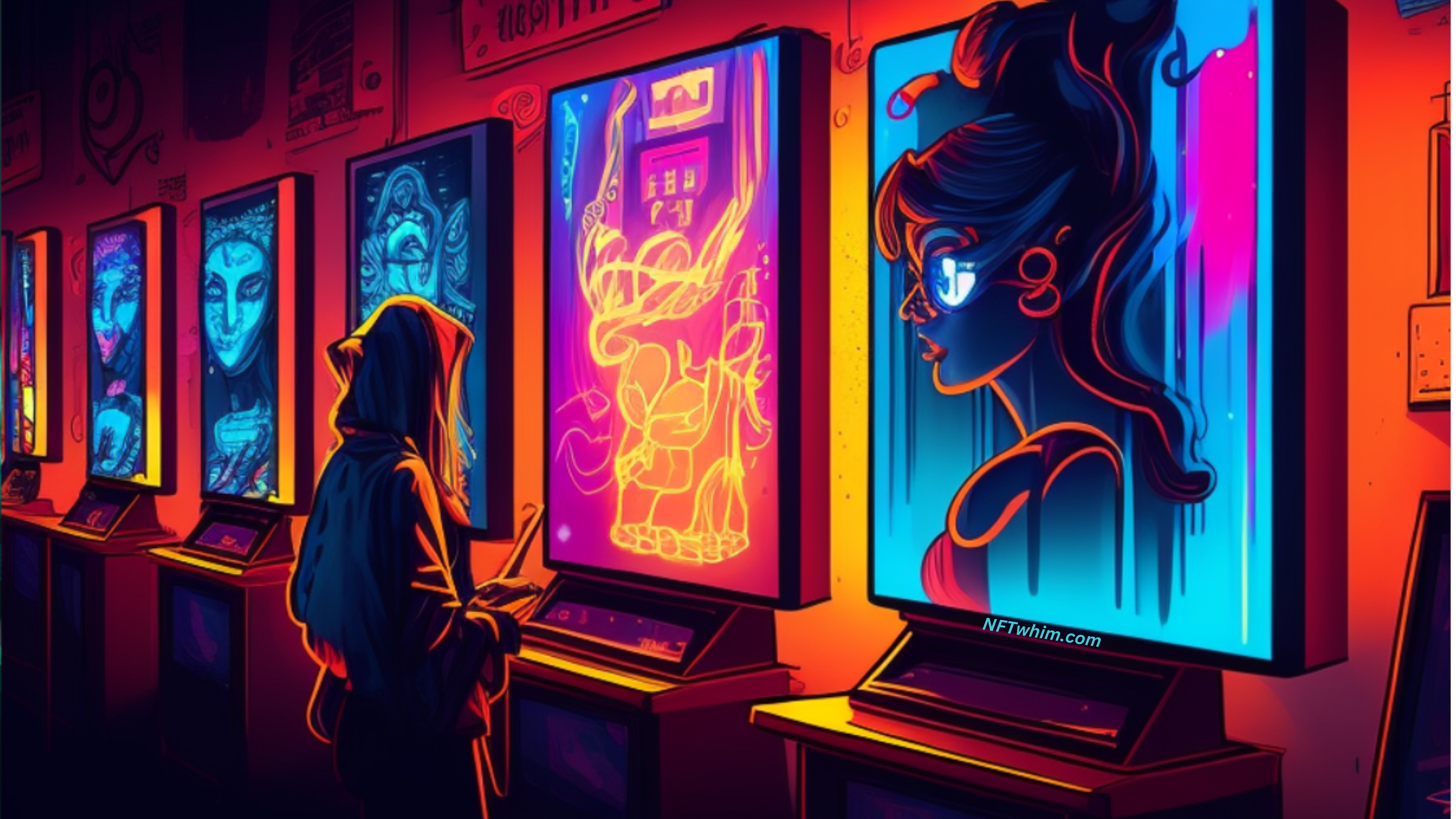Hey there! Have you heard of NFT Glitch Art? It’s an exciting new genre that combines the world of non-fungible tokens (NFTs) with the edgy and experimental aesthetic of Glitch Art. In this beginner’s guide, we’ll explore the ins and outs of NFT Glitch Art, from understanding NFTs and Glitch Art to creating your own unique pieces and selling them as NFTs.
To create NFT Glitch Art as a beginner, you should start by experimenting with different techniques and tools using software like Verconator, Photoshop, or Procreate. Once you have created your artwork, you need to mint it as an NFT using platforms such as OpenSea, Nifty Gateway, or SuperRare. It’s also important to consider legal and ethical considerations, such as obtaining permission to use copyrighted materials.
Let’s dive into the details now!
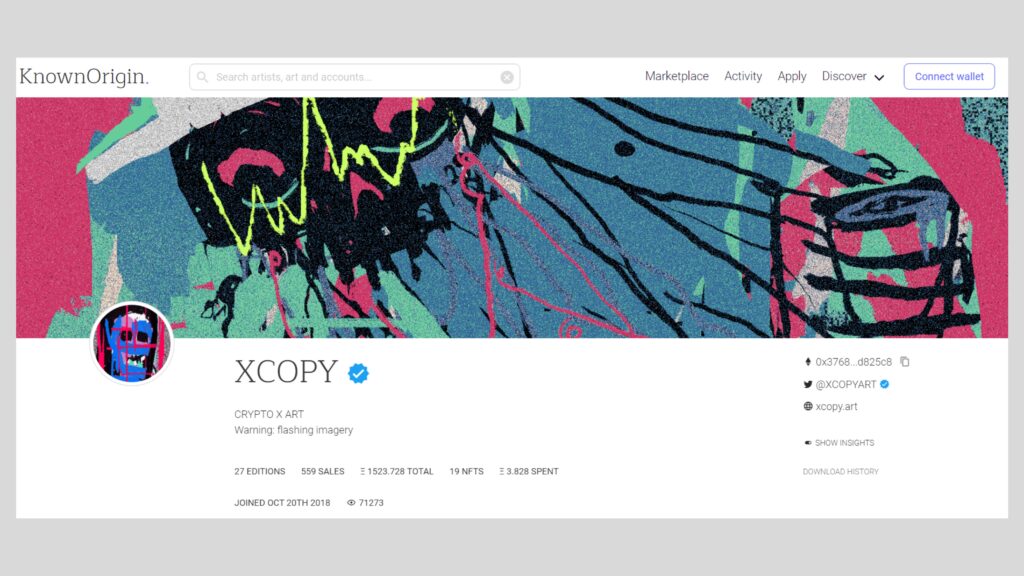
What is NFT Glitch Art?
First things first, let’s define NFTs. NFTs are digital tokens that are unique and cannot be replicated. They’re often used to represent ownership of digital assets such as art, music, and even tweets. NFTs use blockchain technology, which makes them secure and transparent. While NFTs have been around for a few years, they started gaining wider attention around 2021 due to some high-profile sales. For example, the digital artist Beeple sold an NFT artwork for a whopping $69 million at a Christie’s auction in March 2021.
Now, let’s move on to Glitch Art. Glitch Art is a genre of art that takes advantage of digital errors or glitches to create unique and visually striking pieces. Glitch Art has been around since the early days of digital technology and was originally seen as a problem to be fixed. However, artists began to experiment with these glitches and found that they could create some truly amazing pieces by embracing the errors.
So, why combine NFTs and Glitch Art? The answer is simple: it allows creators to monetize their unique and visually striking art in a secure and transparent way. By minting their Glitch Art as NFTs, creators can ensure that they are the rightful owners of their work and can sell them to collectors who value their art.
Now that we understand the basics of NFTs and Glitch Art, let’s dive deeper into each topic.
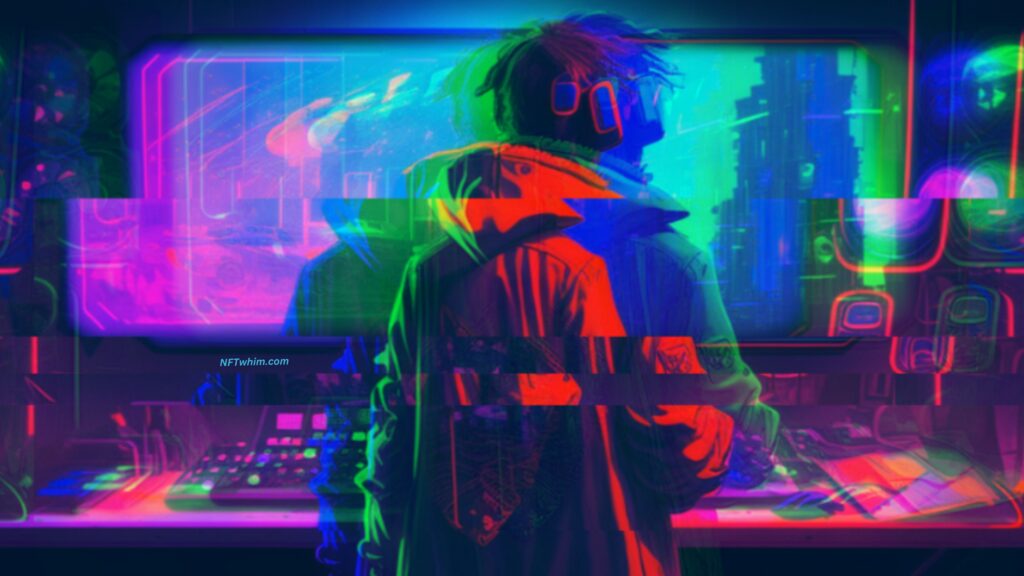
Understanding NFTs
NFTs are essentially digital certificates of ownership. They use blockchain technology to provide a secure and transparent way of verifying ownership of digital assets. The blockchain is a distributed ledger that records all transactions and changes made to an asset, making it virtually impossible to tamper with. This makes NFTs a great way to verify the ownership of digital assets like art, music, and videos.
While NFTs offer many advantages, such as secure ownership and transparency, they also come with some disadvantages. One of the biggest criticisms of NFTs is their environmental impact. NFTs use a lot of energy to operate, which can contribute to carbon emissions. However, some platforms are taking steps to mitigate this impact by using more eco-friendly methods.
Despite these criticisms, NFTs have proven to be a lucrative market for creators. Many artists have successfully sold their NFT artworks for significant amounts of money, making it an attractive option for those looking to monetize their art.
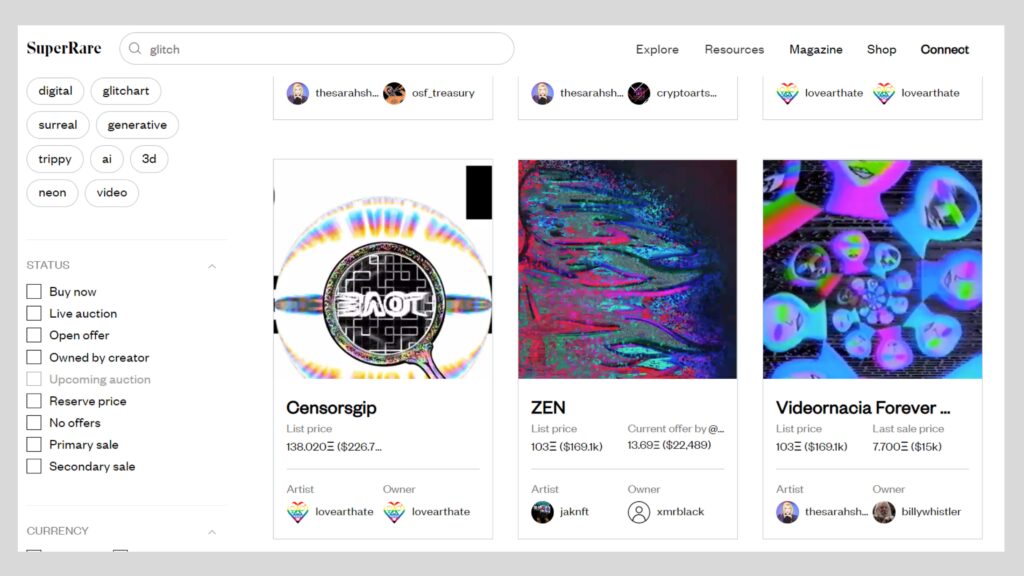
Understanding Glitch Art
Glitch Art is a genre of art that takes advantage of digital errors or glitches to create unique and visually striking pieces. Glitch Art has been around since the early days of digital technology and was originally seen as a problem to be fixed. However, artists began to experiment with these glitches and found that they could create some truly amazing pieces by embracing the errors.
There are many techniques and tools used in Glitch Art, such as circuit bending, databending, and code manipulation. Each technique involves manipulating digital files in unique ways to create visual glitches. Some famous Glitch Art pieces include Rosa Menkman’s A Vernacular of File Formats and Phillip Stearns’ Year of the Glitch.

Creating NFT Glitch Art
Now that we understand the basics of NFTs and Glitch Art, let’s move on to creating NFT Glitch Art. First, you’ll need to choose the right software and tools. Most Glitch Art can be made by any typical graphic design software such as Photoshop, or Procreate. Another popular software for Glitch Art is Verconator. There are also specialized Glitch Art software apps for video, such as Glitch FX and Glitch Video Effects.
You’ll also need to experiment with different techniques and tools to find what works best for you. It’s important to remember that Glitch Art is all about embracing errors and experimenting with different techniques, so don’t be afraid to try new things.
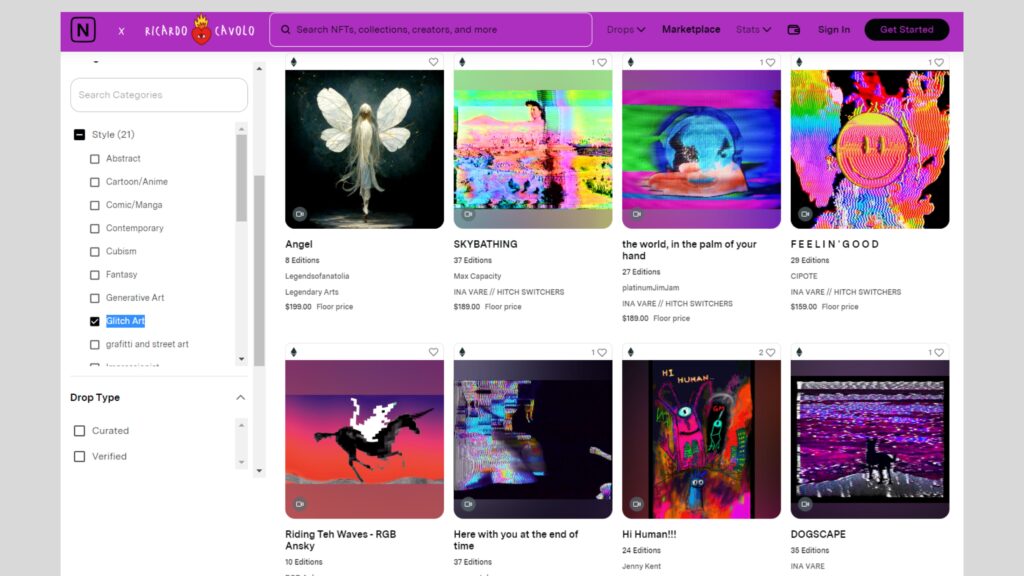
Minting Your Glitch Art NFT(s)
Once you’ve created your NFT Glitch Art, you’ll need to mint it as an NFT. Minting an NFT involves creating a digital certificate of ownership on the blockchain. There are several platforms that allow you to mint and sell NFTs, such as OpenSea, Nifty Gateway, and SuperRare. Each platform has its own unique features and fees, so be sure to do your research before choosing a platform.
When setting a price for your NFT, it’s important to consider several factors, such as the quality and uniqueness of your artwork, the demand for NFTs in your niche, and the fees associated with minting and selling your NFT. It’s also a good idea to start with a lower price and gradually increase it as your reputation grows.
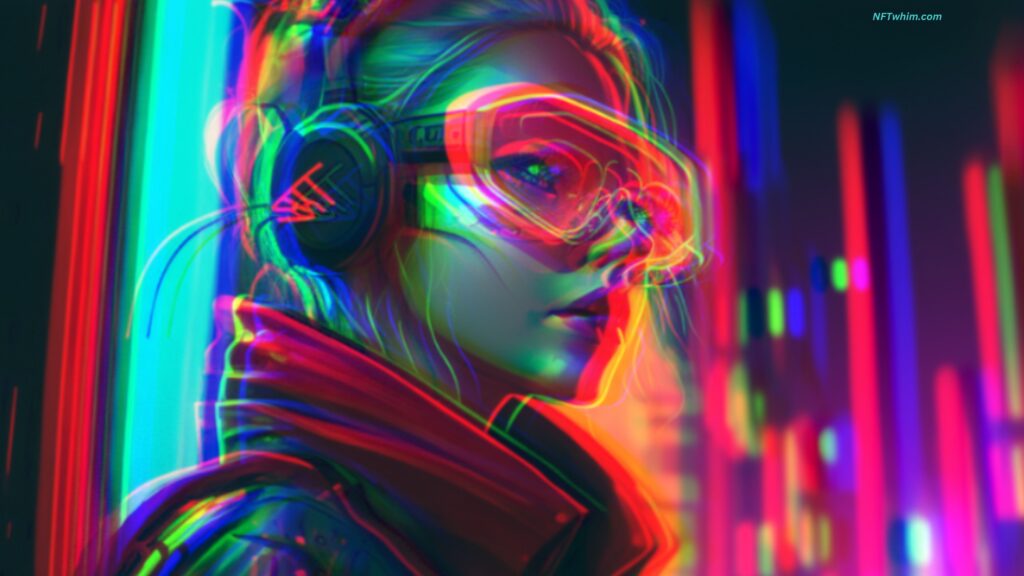
Tips for Successful NFT Glitch Art Creation
Creating unique and visually appealing NFT Glitch Art is just the first step. To be successful in this market, you’ll also need to market and promote your NFTs effectively. Here are a few tips to help you get started:
- Build a strong online presence: Establishing a strong online presence through social media, a personal website, and other online platforms can help you reach a wider audience and build your brand.
- Collaborate with other artists: Collaborating with other artists can help you expand your network and gain exposure to new audiences.
- Attend NFT and crypto events: Attending NFT and crypto events can help you stay up-to-date on the latest trends and connect with other creators and collectors.
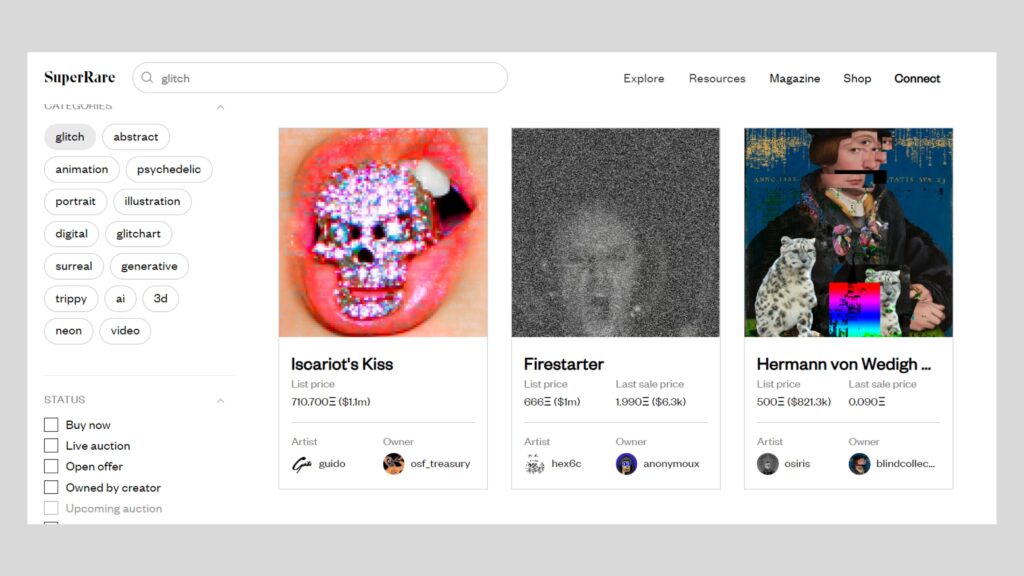
Legal and Ethical Considerations
As with any form of digital art, there are legal and ethical considerations to keep in mind when creating and selling NFT Glitch Art. One of the biggest concerns is copyright and ownership. It’s important to ensure that you have the right to use any images or assets that you incorporate into your artwork.
There are also potential ethical concerns with NFTs, such as the potential for exploitation of artists. It’s important to consider these issues and make decisions that align with your values and ethics.
Best practices for ethical and legal NFT creation and sales include:
- Obtaining permission to use any copyrighted materials.
- Treating other creators and collectors with respect and fairness.
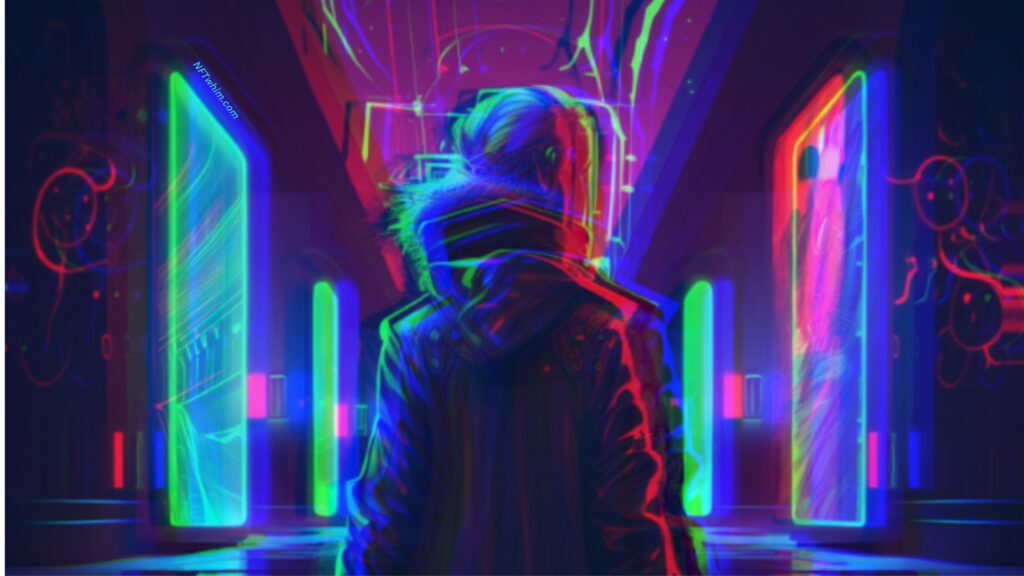
Final Words
NFT Glitch Art is an exciting new genre that combines the worlds of NFTs and Glitch Art. By understanding the basics of NFTs and Glitch Art, choosing the right software and tools, and following best practices for ethical and legal NFT creation and sales, creators can monetize their unique and visually striking art in a secure and transparent way. So, go ahead and start experimenting with Glitch Art and minting your artwork as NFTs – who knows, you may just be the next big thing in the world of digital art!
Robin
Author: Robin Olsson
Author Bio: I’m Robin and on this website, I share everything I’ve learned since getting into NFTs in 2021. I have a background in research and I’ve been in crypto for several years. You can read more about me here.
